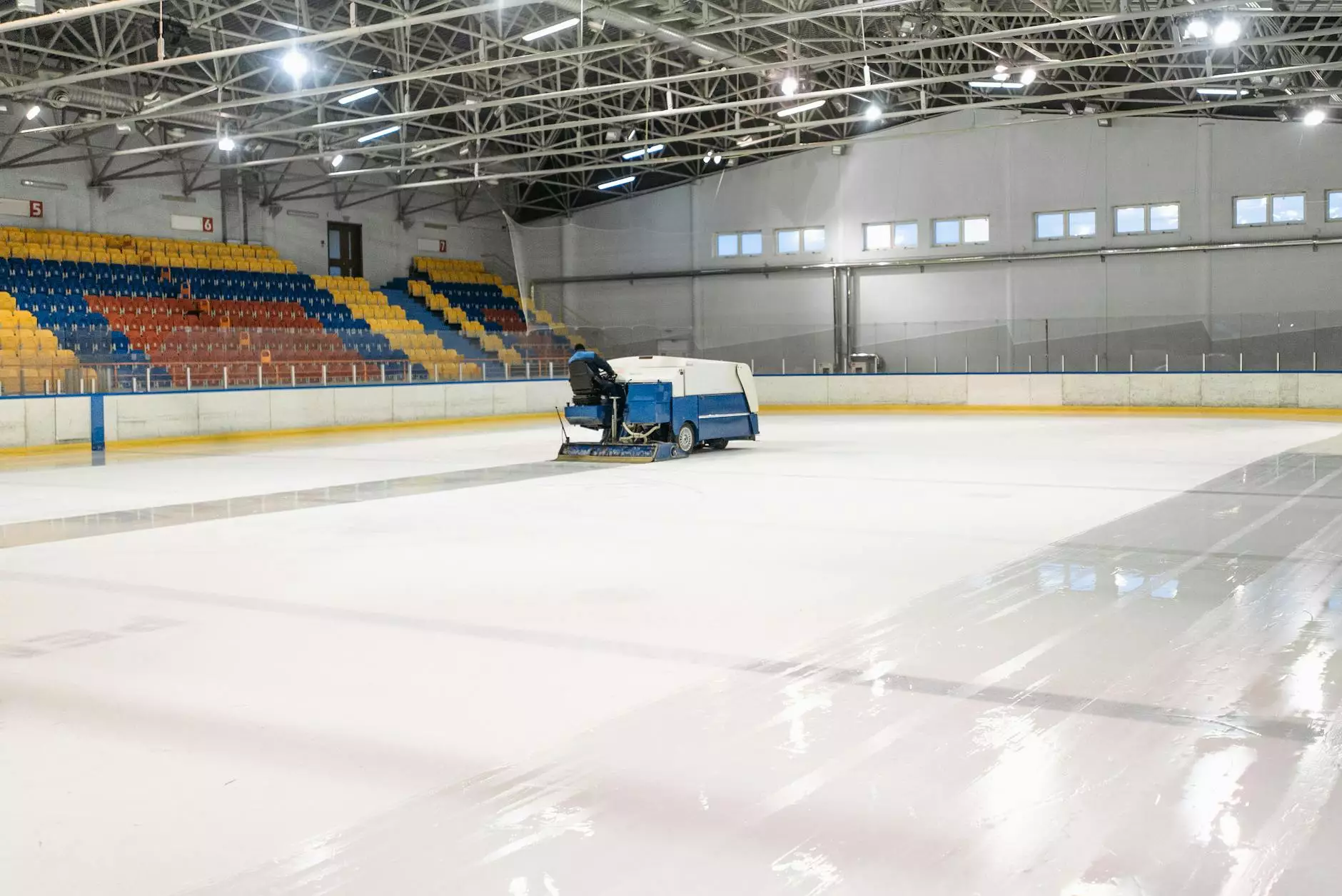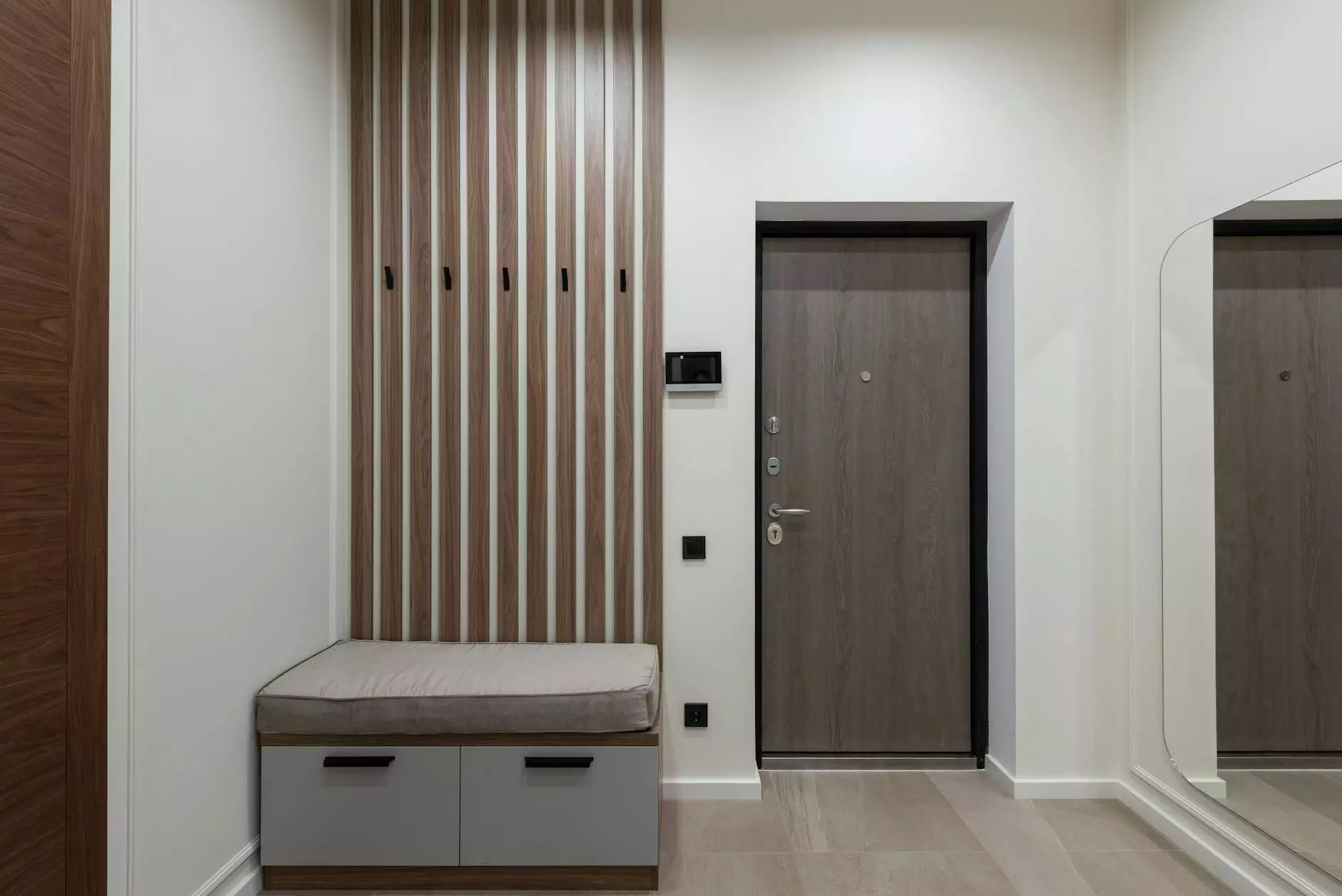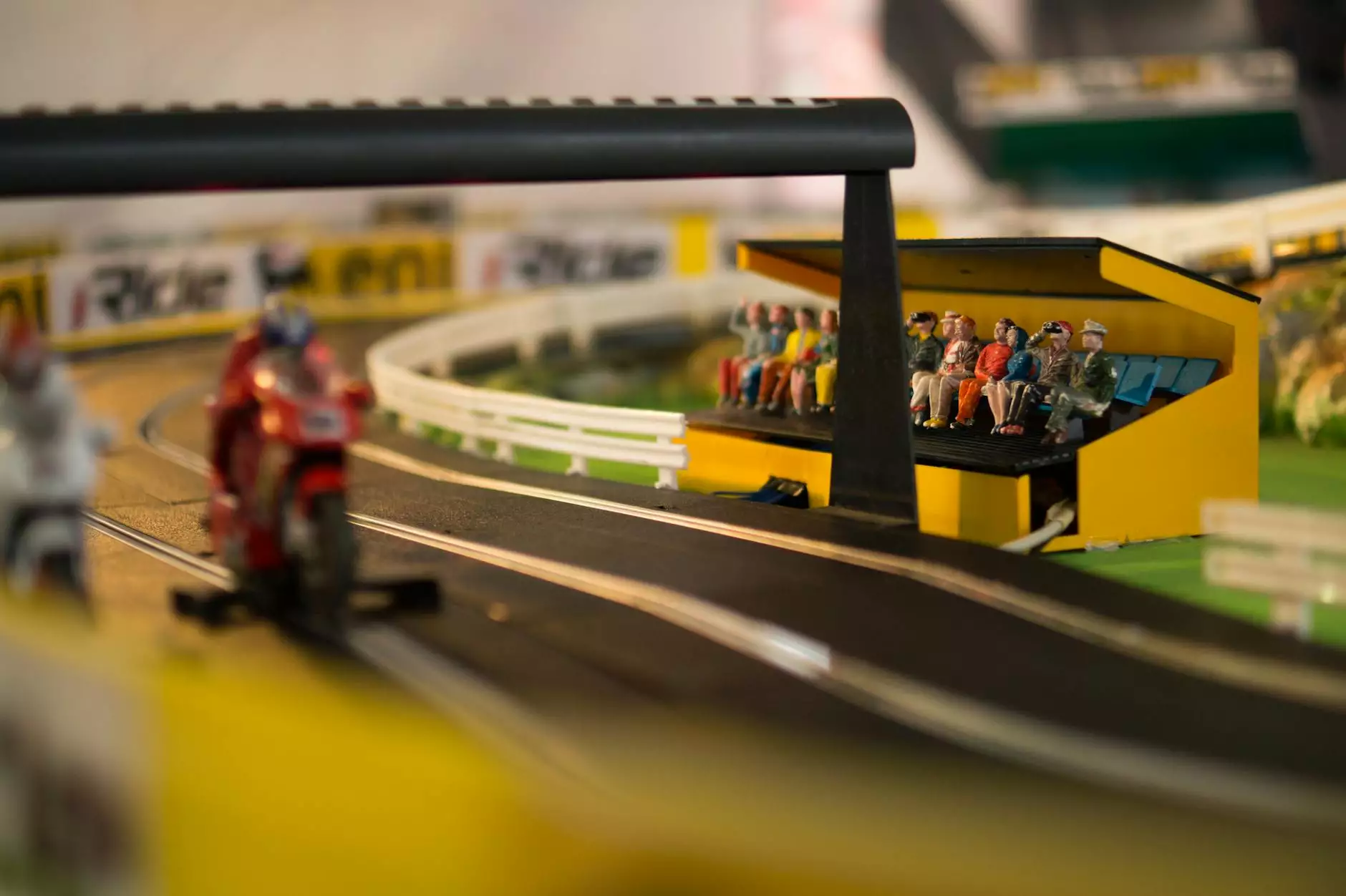Concrete Pool Deck Resurfacing: Transform Your Pool Area

Understanding Concrete Pool Deck Resurfacing
Concrete pool deck resurfacing is a technique used to enhance the appearance and functionality of your swimming pool area. It involves applying a new layer of concrete or a decorative coating over the existing pool deck. This process not only revitalizes your outdoor space but also increases its safety and durability.
Whether you have a standard concrete deck showing signs of wear and tear or you want to upgrade to a more visually appealing surface, resurfacing is an effective solution. This guide will delve into everything you need to know about concrete pool deck resurfacing, including the benefits, the process, and maintenance tips.
Benefits of Concrete Pool Deck Resurfacing
- Aesthetic Improvement: Resurfacing allows you to choose from a variety of textures, colors, and finishes, enhancing the visual appeal of your pool area.
- Cost-Effective: Rather than replacing your entire pool deck, resurfacing is a more economical option that delivers impressive results.
- Improved Safety: Adding a textured surface can reduce the risk of slips and falls, making your pool area safer for family and friends.
- Increased Durability: New coatings can extend the life of your pool deck, protecting it from harsh weather, fading, and chipping.
- Environmental Benefits: Resurfacing is often more environmentally friendly than replacement, as it reduces waste and uses existing materials.
The Process of Concrete Pool Deck Resurfacing
The concrete pool deck resurfacing process involves several essential steps aimed at achieving the best results. Understanding each step can help you prepare and ensure a successful outcome.
1. Assessment and Preparation
First, a thorough assessment of the existing pool deck is conducted. This includes identifying cracks, damage, and areas needing repair. After this, the deck must be cleaned thoroughly to remove any dirt, debris, or any previous coatings that could interfere with adhesion. This may involve:
- Pressure washing
- Scrubbing with a mild detergent
- Repairing cracks and holes with patching compound
2. Choosing the Right Resurfacer
Next, selecting the right resurfacer is crucial. There are various options available, including:
- Concrete Overlay: A thin layer of new concrete that can be stamped or stained.
- Polymer Resurfacer: A mix that incorporates polymers to improve flexibility and adhesion.
- Spray Knockdown: A technique that creates a textured surface for slip resistance.
3. Applying the Resurfacer
Once the surface is prepared and the resurfacer is chosen, the application begins. Depending on the chosen material and texture, the application might be done with:
- A trowel for smooth finishes
- A sprayer for more intricate textures
- Hand tools for detailed work
Special care is taken to ensure an even coat across the surface for both aesthetics and safety. After application, allow the material to cure according to the manufacturer's instructions.
4. Finishing Touches
After the resurfacing material has cured, finishing touches can be added. This could include:
- Sealing the surface to enhance longevity
- Applying a stain for color enhancement
- Adding texture for additional traction
5. Final Inspection
A final inspection ensures everything is up to standard. Check for any imperfections or areas requiring touch-ups before you start enjoying your newly resurfaced pool deck.
Maintenance Tips for Your Resurfaced Pool Deck
Maintaining your concrete pool deck after resurfacing is essential to prolong its lifespan and appearance. Here are some practical maintenance tips:
- Regular Cleaning: Clean the deck frequently to prevent grime buildup. Use a mild detergent and a soft-bristle broom for routine cleaning.
- Inspect for Damage: Regularly inspect for signs of wear, such as cracking or peeling, and address issues promptly.
- Reapply Sealant: Depending on the product used, reseal your deck every 1-3 years to maintain protection against weather elements.
- Avoid Harsh Chemicals: Steer clear of heavy duty chemical cleaners that can degrade the surface over time.
- Consider Professional Help: Schedule regular inspections from a professional to assess the integrity of your resurfacer.
Common Questions About Concrete Pool Deck Resurfacing
What is the best time of year to resurface a pool deck?
The ideal time for concrete pool deck resurfacing is during mild temperature seasons, typically spring or fall. This ensures better bonding and curing conditions.
Can I resurface my pool deck myself?
While some homeowners choose to do it themselves, it’s recommended to hire professionals to ensure high-quality results and longevity of the surface.
How long does resurfacing last?
A well-executed resurfacing job can last anywhere from 10 to 20 years. Regular maintenance plays a significant role in how long it stays in optimal condition.
Why Choose PoolRenovation.com?
At PoolRenovation.com, we are dedicated to providing you with the highest quality service for concrete pool deck resurfacing. Our experienced professionals understand the intricacies of pool renovation and are committed to delivering results that enhance both the beauty and functionality of your outdoor spaces.
With our expertise, you can trust that the entire resurfacing process will be handled with attention to detail and care, ensuring that your pool deck becomes an oasis for relaxation and entertainment.
Contact us today to schedule a consultation and take the first step towards transforming your pool deck into a stunning retreat!
© 2023 PoolRenovation.com. All rights reserved.









